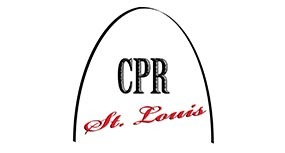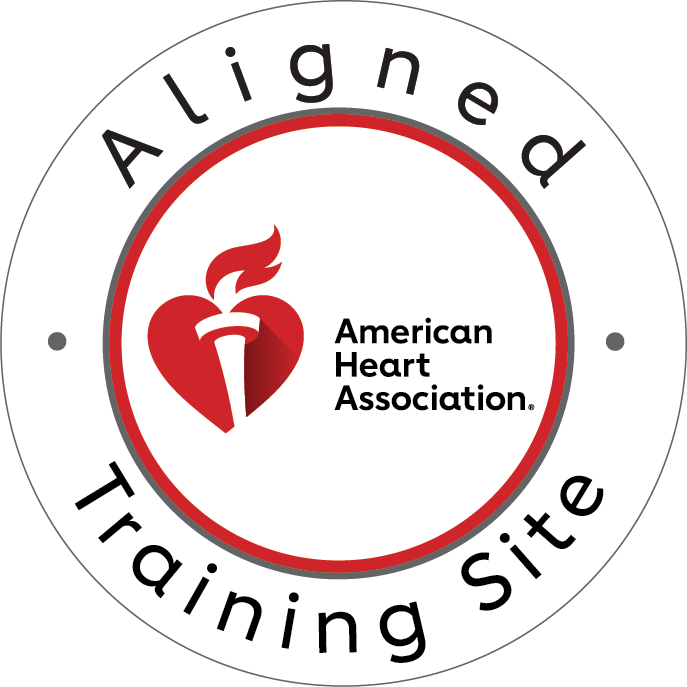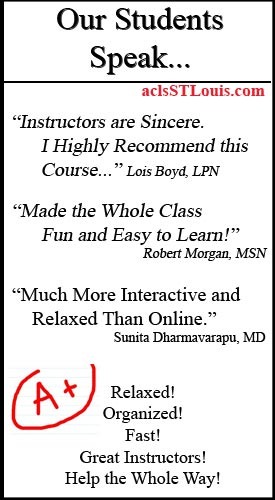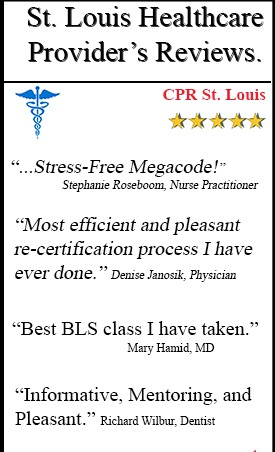High-quality CPR is one of the most critical factors in saving the life of someone experiencing cardiac arrest. Studies show that effective chest compressions significantly increase survival rates by maintaining blood flow to vital organs. However, even trained professionals can struggle to maintain proper technique in high-pressure situations. This is where chest compression feedback devices come into play. These devices provide real-time guidance, helping rescuers perform CPR more effectively. Understanding what these devices monitor and their benefits can enhance both training and real-life resuscitation efforts.
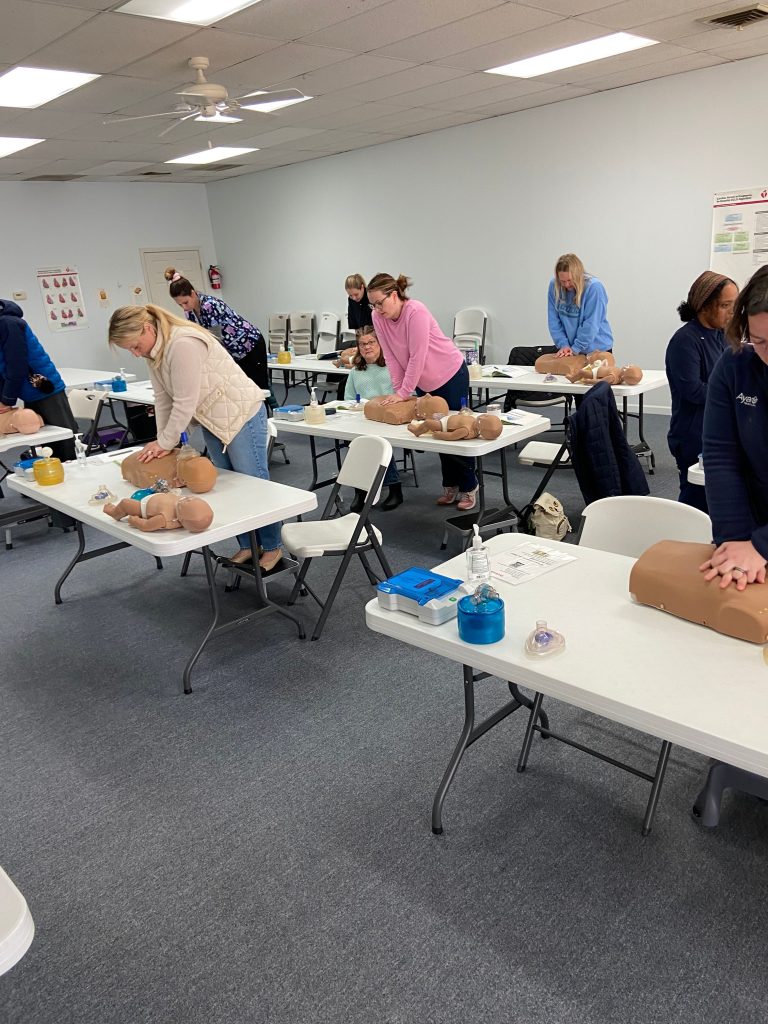
What Is a Chest Compression Feedback Device?
A chest compression feedback device is a technological tool designed to evaluate and improve the quality of CPR. These devices use sensors and accelerometers to monitor key aspects of chest compressions, ensuring that rescuers adhere to evidence-based guidelines. Their primary purpose is to enhance CPR performance by providing immediate feedback on compression depth, rate, recoil, hand placement, and overall compression fraction. Chest compression feedback devices are widely used in training settings and increasingly in clinical environments to improve patient outcomes.
Key Metrics Monitored by Chest Compression Feedback Devices
Several types of chest compression feedback devices are available, each tailored to different applications. In training scenarios, standalone feedback monitors are commonly attached to manikins to provide visual and audio cues. In real-life resuscitations, integrated systems can be placed directly on a patient’s chest, guiding rescuers in real-time. Some advanced defibrillators also include built-in feedback mechanisms, allowing for seamless CPR assessment and intervention.
Compression Depth
One of the primary metrics monitored by chest compression feedback devices is compression depth. The American Heart Association (AHA) recommends a compression depth of 2-2.4 inches (5-6 cm) for adult patients. Achieving the correct depth is crucial, as shallow compressions may not generate sufficient blood flow, while excessively deep compressions can cause injury. Chest compression feedback devices use sensors to measure depth and provide immediate feedback if adjustments are needed, ensuring high-quality compressions are maintained.
Compression Rate
Compression rate is another vital factor in effective CPR. The optimal rate is 100-120 compressions per minute. Too slow, and the heart doesn’t receive enough stimulation to circulate blood effectively. Too fast, and compressions become shallow, reducing their effectiveness. Chest compression feedback devices help rescuers stay within the ideal range by providing auditory or visual prompts that sync with the correct rhythm.
Chest Recoil
Full chest recoil between compressions is essential for effective blood flow. Recoil allows the heart to refill with blood before the next compression, maximizing circulation. Incomplete recoil can reduce cardiac output and compromise resuscitation efforts. Chest compression feedback devices monitor recoil effectiveness and alert the rescuer if they are failing to allow full chest rise between compressions.
Hand Placement
Proper hand placement is critical for maximizing the effectiveness of compressions. Incorrect placement can lead to ineffective compressions or even cause injury. Chest compression feedback devices use sensors to detect hand positioning and provide corrective guidance to ensure optimal placement.
Compression Fraction
Compression fraction refers to the percentage of time spent actively delivering compressions during CPR. A high compression fraction is associated with better survival outcomes. Chest compression feedback devices help rescuers maximize hands-on time by minimizing unnecessary pauses, ensuring the highest possible compression fraction is maintained throughout the resuscitation effort.
Benefits of Using Feedback Devices in CPR Training
The use of feedback devices in CPR training has significantly improved the accuracy and consistency of chest compressions. These devices help learners develop muscle memory for proper technique, increasing confidence and skill retention. Instructors can use objective data from the devices to provide individualized coaching, ensuring that each trainee meets performance standards. Studies show that healthcare providers who train with feedback devices perform better in real-life emergencies.
The Role of Feedback Devices in AHA Training Courses
Feedback devices also align with American Heart Association guidelines, which emphasize the importance of high-quality CPR. Many CPR certification courses now integrate these devices to ensure trainees meet established performance benchmarks. The use of chest compression feedback devices in training has been linked to improved outcomes in clinical practice, as rescuers are better prepared to perform under stress.
Conclusion
In conclusion, chest compression feedback devices monitor key aspects of CPR, including compression depth, rate, recoil, hand placement, and compression fraction. These devices enhance both training and real-life resuscitation efforts by ensuring high-quality compressions are maintained. Whether used in AHA training courses or emergency medical settings, feedback devices play a crucial role in improving CPR outcomes. If you want to experience hands-on training with these advanced tools, enroll in a CPR class at CPR St. Louis today. Get the best CPR training in St. Louis and be prepared to save a life when it matters most!

